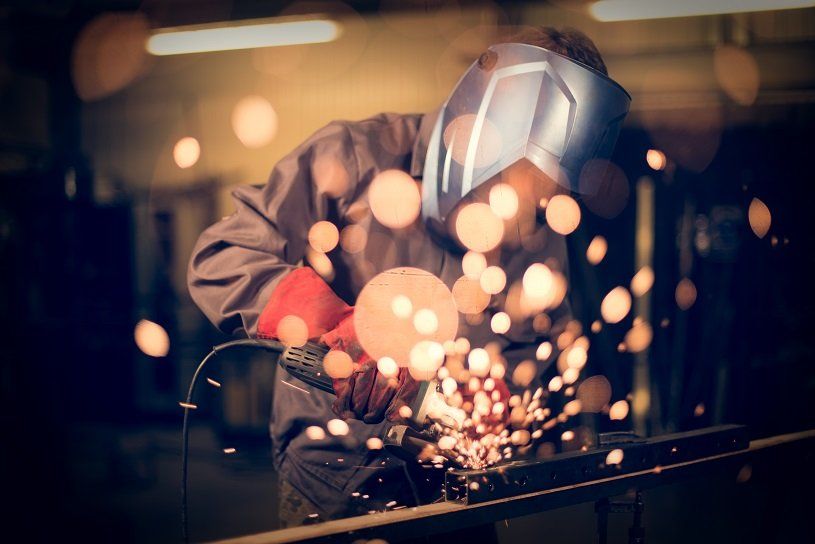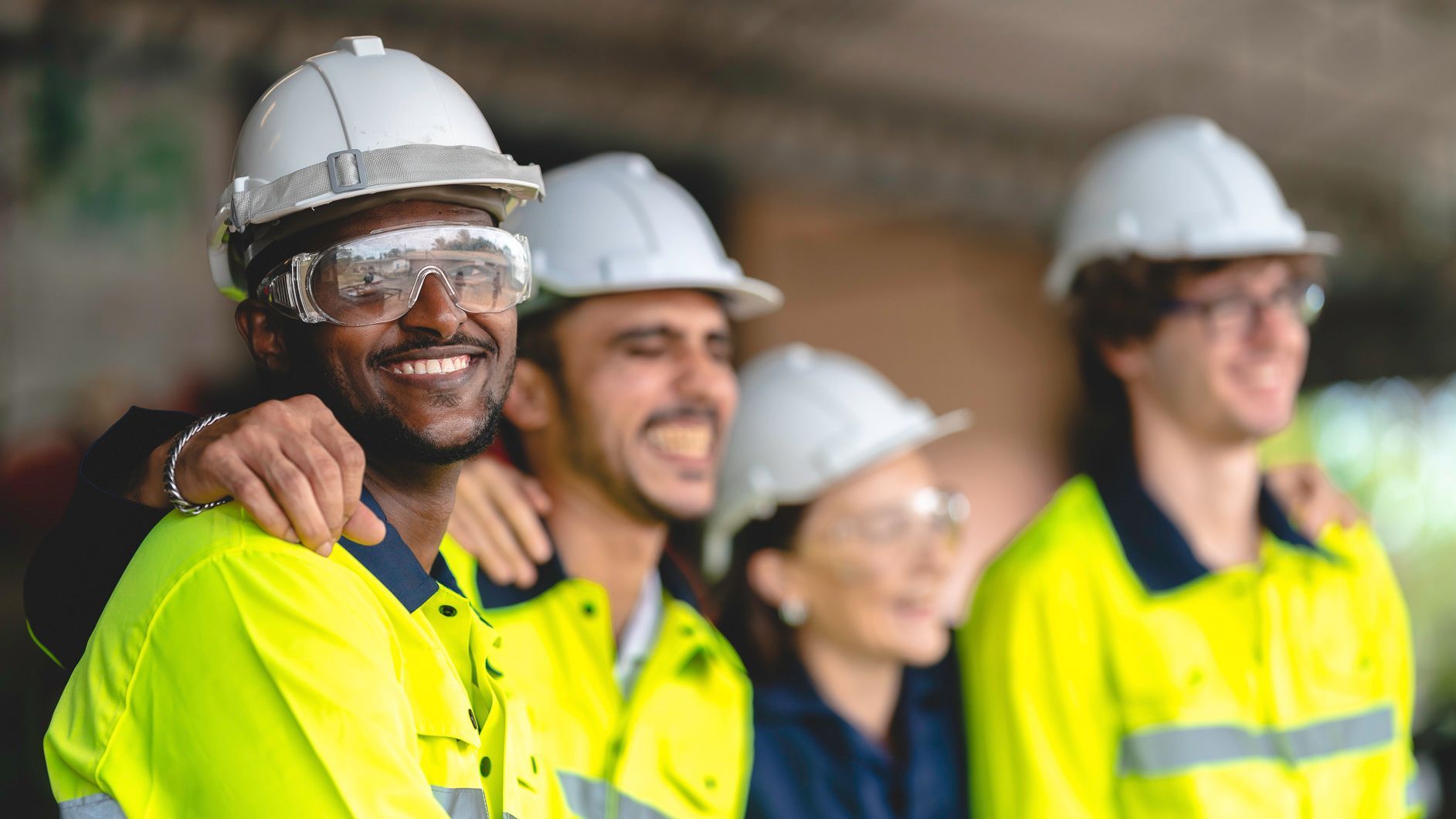High-risk workplaces, like manufacturing facilities, warehouses and construction sites, have a higher risk of death and serious injury. This is due to the nature of the work and the equipment and materials that workers must use to perform their roles. Even if a workplace is considered to be high-risk there are always opportunities for those risks to be mitigated.
High-risk industries account for significant fatalities and serious injuries
SafeWork Australia has identified priority industries that have a high number of fatalities and serious claims. These include manufacturing and construction.
The construction industry has 3 fatalities per 100,000 workers and one of the highest frequency of serious claims. The main causes of fatalities and serious injuries are falls and muscular stress caused by heavy lifting and carrying.
In the manufacturing industry, there were 1.4 fatalities per 100,000 workers last year and the industry has the second highest frequency of serious claims in Australia. The main cause of fatalities and serious claims included vehicles, falling objects and muscular stress from lifting or moving heavy objects.

Preventing falls, muscular stress and vehicle injuries may reduce fatalities and serious claims
There are several things for businesses to consider when assessing workplace risk and identifying opportunities to control and mitigate them. To reduce the risk of injury from falls, muscular stress and vehicle injuries, businesses can:
- Identify what mobile machinery or vehicles may be operated in the workplace. For example, forklifts or other vehicles that may access an area can cause harm. Once identified, the business can then review how the machinery or vehicles are operated, maintained, repaired and cleaned to determine how to make the environment safer. Regular maintenance, pre-operational safety checks, and sufficient cleaning schedules all keep vehicles operating better.
- Review the layout of the workplace to ensure there are sufficient footings and guards to prevent falls.
- Determine whether there is enough space separating someone from a potential risk. Things like distance,
- barriers, guards or even time can make a high-risk workplace safer by ensuring people are kept away from hazards.
- Put mechanical aids in place, like cranes, forklifts, and hoists, to reduce the amount of manual lifting required.
- Rearrange the workspace to reduce the level of lifting or climbing required. For example, ensuring any heavy lifting can be done at waist level may reduce the risk of muscular stress injuries.
- Put in place appropriate break schedules for each type of work that is performed. Fatigue can contribute to preventable injuries.
- Make sure flooring is suitable for the work activity and has been properly installed to reduce the risk of slipping and tripping hazards.
- Put in place processes and equipment to mark wet areas and clean up any spills quickly.
- Remove any obstacles or clutter from the workspace to reduce the number of trips and falls.
- Make sure workspaces are lit well and broken lights are fixed quickly.
- Ensure staff are appropriately trained and have all the information and procedures they need to keep safety top of mind.
- Make sure the workplace has a sufficient level of supervision at all times. When scheduling supervisory staff, safety requirements should be factored in at all times.
This list is by no means exhaustive, but it provides a starting point when identifying and assessing risks in high-risk workplaces. Partnering with an agency who understands the nature of your workplace and the risks involved can help you keep your workplace safe.



